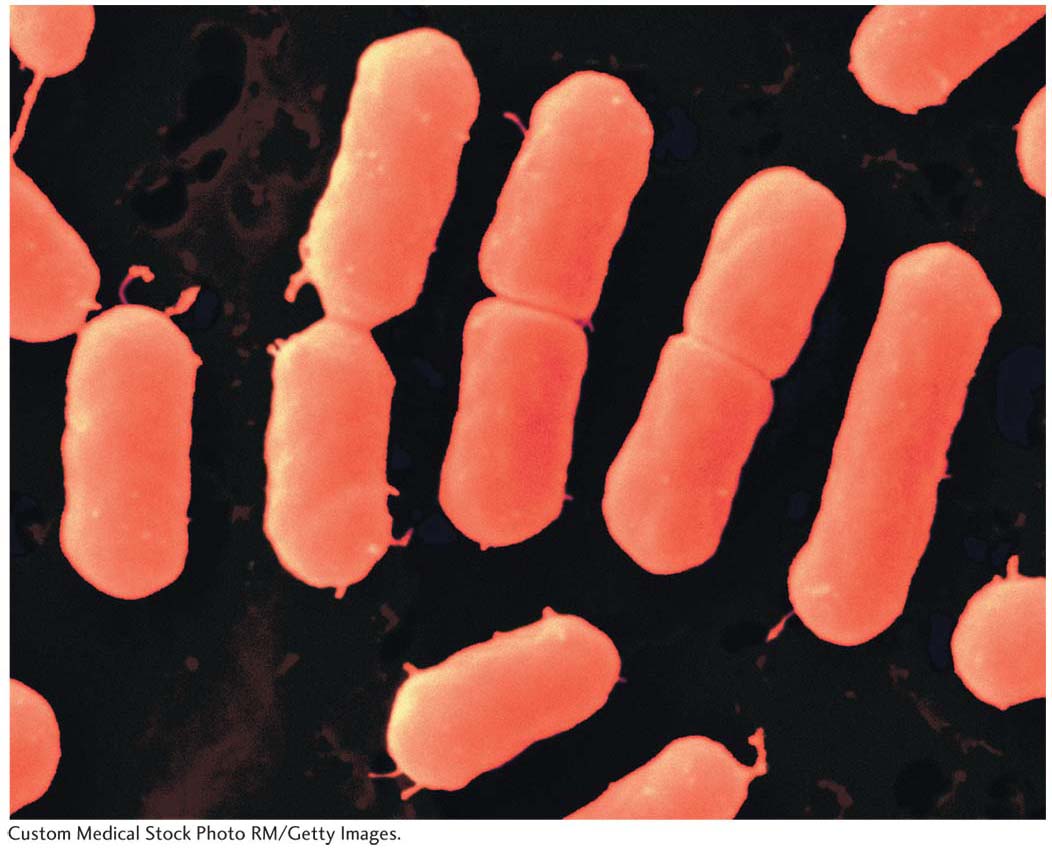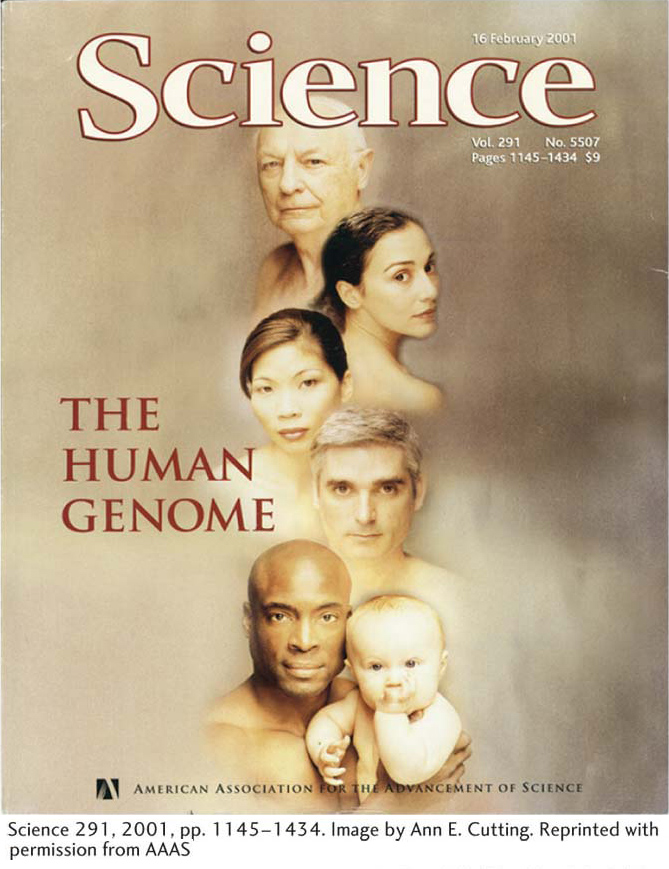Chapter Introduction
The Genetics
of Bacteria and
Their Viruses
CHAPTER
5
LEARNING OUTCOMES
After completing this chapter, you will be able to
Distinguish between the experimental procedures and analyses in the three main ways by which bacteria exchange genes.
Map bacterial genomes using interrupted conjugation.
Map bacterial genomes using recombinant frequency.
Assess the outcome of double transformation experiments in terms of linkage.
Predict the outcomes of transduction experiments using phages capable of generalized or restricted transduction.
Map phage genomes by recombination in double infections of bacteria.
Design experiments to map a mutation caused by transposon mutagenesis.
Predict the inheritance of genes and functions borne on plasmids in bacterial crosses.

OUTLINE
5.5 Transduction

DNA technology is responsible for the rapid advances being made in the genetics of all model organisms. It is also a topic of considerable interest in the public domain. Examples are the highly publicized announcement of the full genome sequences of humans and chimpanzees in recent years and the popularity of DNA-
However, the goal of bacterial genetics has never been to facilitate eukaryotic molecular genetics. Bacteria are biologically important in their own right. They are the most numerous organisms on our planet. They contribute to the recycling of nutrients such as nitrogen, sulfur, and carbon in ecosystems. Some are agents of human, animal, and plant disease. Others live symbiotically inside our mouths and intestines. In addition, many types of bacteria are useful for the industrial synthesis of a wide range of organic products. Hence, the impetus for the genetic dissection of bacteria has been the same as that for multicellular organisms—
Bacteria belong to a class of organisms known as prokaryotes, which also includes the blue-
Bacteria can be parasitized by specific viruses called bacteriophages or, simply, phages. Phages and other viruses are very different from the organisms that we have been studying so far. Viruses have some properties in common with organisms; for example, their genetic material can be DNA or RNA, constituting a short “chromosome.” However, most biologists regard viruses as nonliving because they are not cells and they have no metabolism of their own. Hence, for the study of their genetics, viruses must be propagated in the cells of their host organisms.
When scientists began studying bacteria and phages, they were naturally curious about their hereditary systems. Clearly, bacteria and phages must have hereditary systems because they show a constant appearance and function from one generation to the next (they are true to type). But how do these hereditary systems work? Bacteria, like unicellular eukaryotic organisms, reproduce asexually by cell growth and division, one cell becoming two. This asexual reproduction is quite easy to demonstrate experimentally. However, is there ever a union of different types for the purpose of sexual reproduction? Furthermore, how do the much smaller phages reproduce? Do they ever unite for a sex-
We will see that there is a variety of hereditary processes in bacteria and phages. These processes are interesting because of the basic biology of these forms, but they also act as models—
What hereditary processes are observed in prokaryotes? They can undergo both asexual and sexual reproduction. Mutation occurs in asexual cells in much the same way as it does in eukaryotes, and mutant alleles can be followed through both these processes in an approach analogous to that used in eukaryotes. We shall follow alleles in this way in the chapter ahead.
When bacterial cells reproduce asexually, their genomic DNA replicates and is partitioned into daughter cells, but the partitioning method is quite different from mitosis.
In sexual reproduction, two DNA molecules from different sources are brought together. However, an important difference from eukaryotes is that, in bacteria, rarely are two complete chromosomes brought together; usually, the union is of one complete chromosome plus a fragment of another. The possibilities are outlined in Figure 5-2.

The first process of gene exchange to be examined will be conjugation, which is the contact and fusion of two different bacterial cells. After fusion, one cell, called a donor, sometimes transfers genomic DNA to the other cell. This transferred DNA may be part or (rarely) all of the bacterial genome. In some cases, one or more autonomous extragenomic DNA elements called plasmids, if present, are transferred. Such plasmids are capable of carrying genomic DNA into the recipient cell. Any genomic fragment transferred by whatever route may recombine with the recipient’s chromosome after entry.
A bacterial cell can also take up a piece of DNA from the external environment and incorporate this DNA into its own chromosome, a process called transformation. In addition, certain phages can pick up a piece of DNA from one bacterial cell and inject it into another, where it can be incorporated into the chromosome, in a process known as transduction.
DNA transfer on a plasmid, by transformation or by transduction, constitutes a process known as horizontal transmission, a type of gene transmission without the need for cell division. This term distinguishes this type of DNA transfer from that during vertical transmission, the passage of DNA down thorough the bacterial generations. Horizontal transmission can spread DNA rapidly through a bacterial population by contact in much the same way that a disease spreads. For bacteria, horizontal transmission provides a powerful method by which they can adapt rapidly to changing environmental conditions.
Phages themselves can undergo recombination when two different genotypes both infect the same bacterial cell (phage recombination, not shown in Figure 5-2).
Before we analyze these modes of genetic exchange, let’s consider the practical ways of handling bacteria, which are much different from those used in handling multicellular organisms.